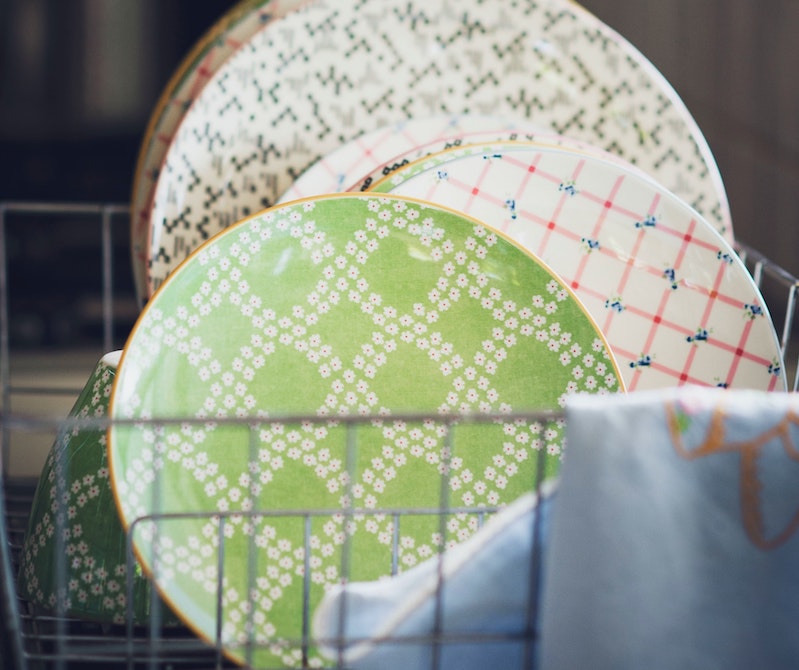When you’re trying to reduce household water and energy use, what are the best ways to tackle the daily task of doing the dishes?
Studies show that it is actually best to use an energy-efficient dishwasher. The U.S. Department of Energy estimates a typical household washes 215 loads annually. However, even though 80 percent of households in the U.S. own a machine dishwasher, 20 percent use the appliance less than once a week and substitute with manual washing.
A study by the Environmental Research Communications conducted by independent researchers at the University of Michigan found that in most cases, Energy Star dishwashers were more efficient than manual washing. However, to get the best energy and water use results, two steps needed to be eliminated – the pre-rinsing and heat-drying cycles. Cutting the pre-rinsing cycle saved 3 percent in the appliance’s greenhouse gas emissions and eliminating the heat drying cycle reduced emissions by an additional 11 percent.
Compare dishwashers to hand washing
According to the study, manual washing where you leave the hot water running as you clean the dishes produced 5,620 kilograms of greenhouse gases over a 10-year period of washing 32 place settings per week. In comparison, a dishwasher emitted 2,090 kilograms of emissions over the same period with the same loads.
When comparing water use, the difference between manual and machine options was even larger. Over a 10-year period, the average hand washers used 34,200 gallons of water compared to a dishwasher’s 16,300 gallons. When used without pre-rinse and heat-dry cycles, a dishwasher emits 63 percent fewer emissions in its entire lifecycle — including manufacturing and disposal — than a typical sink.
Scrape, don’t rinse
Additionally, most experts agree that it’s best to skip pre-rinsing dishes altogether. Newer dishwashers and detergents are designed to clean properly and efficiently so rinsing isn’t needed. Also, rinsing dishes can use up to 20 gallons of water before the dishes are even loaded according to Energy Star.
Instead of rinsing dishes, scrape food off and put them straight into the dishwasher. Energy Star recommends that for dirty dishes that are left in the dishwasher overnight, to use the dishwasher rinse cycle because it still saves more water than hand rinsing.
Hand washing tips
There are ways that hand washing can be an energy and water-efficient option. Using a two-basin sink, the study suggests filling one with hot, soapy water and the other with cool water. Soak and scrub dishes in the hot water and rinse in the cool water. Then let them air dry. According to the study, the two-basin sink method only produces 1,610 kilograms of emissions over 10 years. Adopting this technique leads to a 249-percent reduction in emissions for people who wash dishes manually. So, when strictly followed, it is actually slightly lower than the 1,960 kilograms of emissions a dishwasher produces when it’s being used without pre-rinsing and heat drying.
For more information, find the study at Environmental Research Communications.
